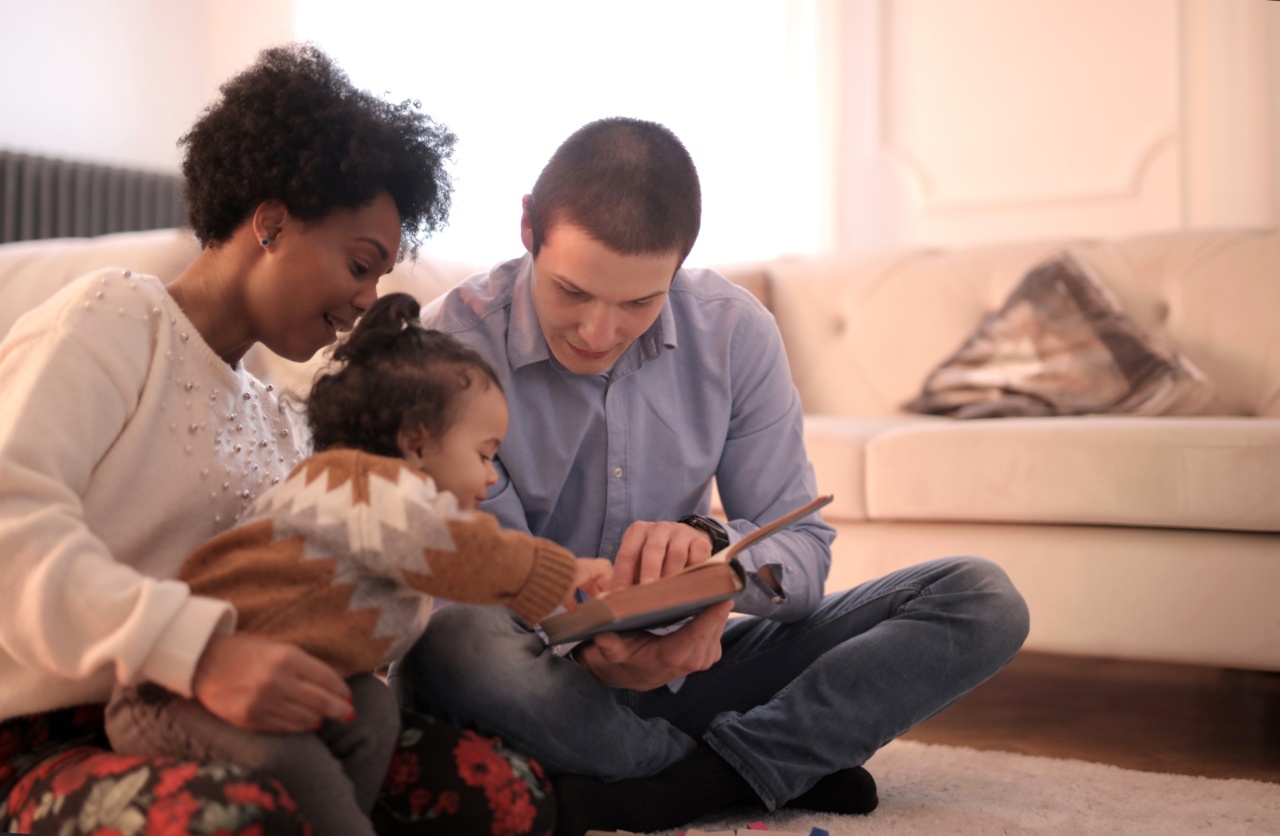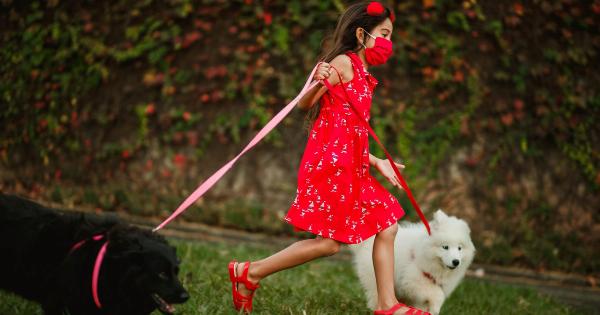Dogs are known for being loyal, friendly, and fantastic companions. However, they can also be unpredictable and dangerous if they feel threatened or scared.
Children are often drawn to dogs and want to interact with them, but it is crucial to ensure their safety during these interactions. This article will provide tips and guidelines for teaching children how to safely interact with dogs.
Introduce Children to Dogs in a Safe Environment
It is essential to introduce children to dogs in a safe and controlled environment. This could be a friend’s well-behaved dog or even a stuffed animal that looks like a real dog.
It is important to let children observe dogs from a distance at first and explain to them about the importance of safe interactions.
Teach Children How to Approach a Dog
Children should learn to approach dogs slowly, confidently, and with caution. They should also learn to ask for the owner’s permission before approaching a dog and understand that not all dogs are friendly and approachable.
When approaching a dog, children should avoid making direct eye contact or running towards them as this can be perceived as a threat by the dog.
Show Children How to Read Dog Body Language
Dogs communicate with their body language, and it is essential for children to learn how to read it. For instance, if a dog has its tail between its legs, it means that the dog is scared or anxious.
A wagging tail, on the other hand, is not always a sign of a friendly dog. It all depends on the context. Children should learn to observe other signs such as raised fur, growling, or barking that may indicate that the dog is not comfortable with the interaction.
Teach Children How to Pet a Dog
Children should learn to pet a dog gently and always approach them from the side, rather than from above or behind, as this can startle the dog.
They should also avoid grabbing the dog or making loud noises as this can cause the dog to become nervous or aggressive. Children should also understand that dogs have sensitive areas, such as their face or tail, that they should avoid touching to avoid negative reactions.
Teach Children How to Behave around a Dog’s Food and Toys
Dogs can become possessive or aggressive over their food or toys and may perceive a child as a threat if they try to take them away.
Therefore, children should understand that they should never touch a dog’s food bowl or try to take away their toys. They should also avoid getting too close while the dog is eating or playing with their toys and never disturb them while they are resting in their designated space or bed.
Teach Children to Respect a Dog’s Space
Dogs need their own space to relax and feel safe. Therefore, children should learn to respect a dog’s space and avoid trying to pet them when they are sleeping or resting.
They should also avoid approaching a dog that is tied up or in a cage without having the owner’s permission first.
Teach Children to Never Chase a Dog
Dogs have a natural instinct to run, and when something is running away from them, it can stimulate their prey drive. Therefore, children should avoid running or chasing a dog as it may perceive it as a threat and react negatively.
This can lead to dangerous situations, especially if the dog is uncomfortable around children.
Teach Children to Always Respect the Dog’s Owner
Children should always respect the dog’s owner and follow their instructions. They should never try to pet a dog without the owner’s permission or bother them while they are walking or playing with their dog.
They should always approach the dog with caution and avoid getting too close or making sudden movements.
Supervise Children’s Interactions with Dogs
It is vital to supervise children’s interactions with dogs and ensure that they are following the guidelines for safe interactions that you have taught them.
This also includes ensuring that the dog is comfortable with the interaction and not showing any signs of discomfort or aggression. If the dog seems uncomfortable or scared during the interaction, it is important to remove the child from the situation immediately.






























